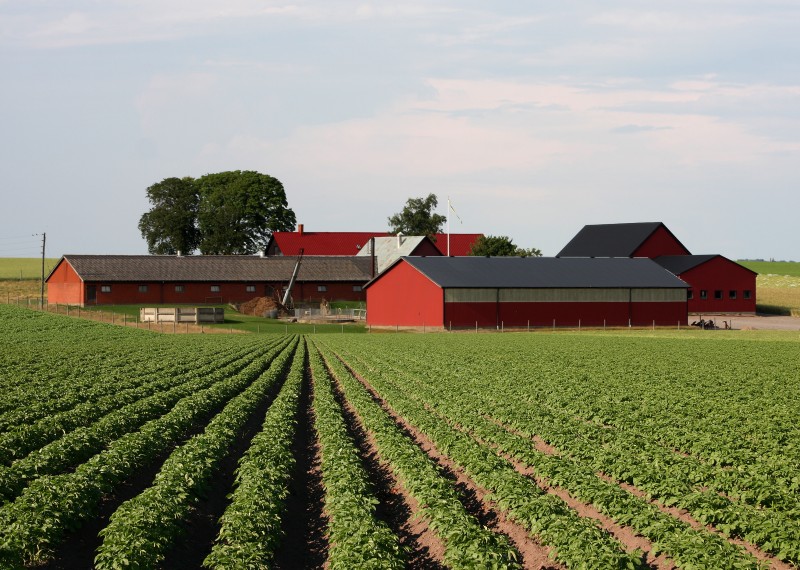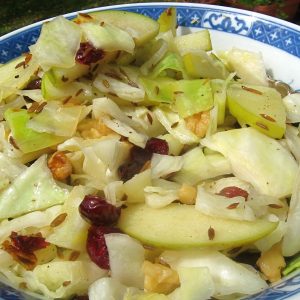EcoFarm at 33 — Still Feeding the World You Want to Live In
Originally posted for Huffington Post on 1/14/2013
Once upon a time, in 1980, before the internet came of age, the Ecological Farm Association, a farming nonprofit supporting healthy, sustainable food and food systems, sensed farmers needed to meet each other. “There was a need to connect, because they lived isolated, far from each other,” says EcoFarm’s Joanna Dillon. “There was a need to learn new practices, to share information face to face.” That need resulted in EcoFarm, a soulful gathering of 40 sustainable California growers.

Thirty-three years later, almost every farmer in America has a website and almost every community has a farmers market, and a community-shared agriculture program, too. So why meet when you can Skype and email? “Even with all the technology we have, there’s still the need to gather face to face, to learn, share new tools, new resources,” says Dillon. That’s why EcoFarm is still going strong.
With its theme Feeding the World You Want to Live In, the 33rd annual EcoFarm conference convenes next week, bringing together 1,500 attendees, not just from California and the West Coast, but all across the country and internationally. EcoFarm still draws traditional rural organic farmers but also new urban farmers, community gardeners, organic nonprofits, food justice activists and food policy wonks.
“The makeup of the conference is really exciting,” says Dillon. “It offers a lot of hope. There’s the longtime EcoFarm veterans, farmers from the 60s and 70s, but also young farmers and beginning farmers — beginning farmers are not always young. More and more, we’re seeing folks coming from conventional farms who are interested in organic farming. From a business standpoint, it makes sense to be sustainable.”
 It makes sense from every standpoint, especially self-preservation. With seven billion of us on the planet, big ag argues industrial farming is the answer, organic can never feed the world. “It can feed the world,” Dillon insists. “It has to in order for us to be able to live in the world we want to live in.”
It makes sense from every standpoint, especially self-preservation. With seven billion of us on the planet, big ag argues industrial farming is the answer, organic can never feed the world. “It can feed the world,” Dillon insists. “It has to in order for us to be able to live in the world we want to live in.”
Originally an East Coast girl, Dillon had worked with the Northeast Organic Farming Association (NOFA) in New Jersey. Then a year or so ago, she joined EcoFarm and moved to California. The organic ethos may be similar on the East and West coasts, but the attitude is different. “The conferences we had back east were a lot of fun and celebration, but there’s a very different farming history in California — the feeling of pioneers, all the settlers, the homesteading movement.”
The issues the two coasts face are different, too. “The big thing I’ve noticed is water — it confronts me every day,” says Dillon. “Water plays a really different role here. On the east coast, farmers talk about too much water, flooding, snow, frost. Here, it’s about the lack of water, the way the farmers need to conserve. It’s a very different priority — it’s our number one priority.”
Taking place at idyllic Asilomar, EcoFarm offers several workshops on water stewardship and workshops on core organic practices, but also addresses sustainability on a broader scale, from feeding the world, with Denise O’Brien and Brian Halweil, to preserving our traditional foodways and foods, with fermentation expert Sandor Katz. Workshops on creating business plans and understanding food policy enable farmers to sustain themselves. But EcoFarm has never lost sight of its soulfulness. The conference closes on a grace note, with Genesis Farm founder Sister Miriam Therese MacGillis speaking on the primal interconnection of soil, food and life.
 And the food at EcoFarm served couldn’t be fresher. “So much of our food is donated by the people attending the conference,” says Dillon. “It’s so nice to sit down at the table for food that comes from your friends or your neighbors. There’s a big element of celebration.”
And the food at EcoFarm served couldn’t be fresher. “So much of our food is donated by the people attending the conference,” says Dillon. “It’s so nice to sit down at the table for food that comes from your friends or your neighbors. There’s a big element of celebration.”
So celebrate EcoFarm, older, wiser, and bigger than ever, but still soulful. EcoFarm welcomes walk-in attendees, but if you can’t make it, you can still get EcoFarm’s soulful soil, food and life thing going by growing your own food. “Even if you’re talking about a couple pots of tomatoes, it’s really important,” says Dillon. “It informs what it takes to be sustainable. It gets you involved.”
Wine-Braised Cabbage With Apples and Caraway
Cabbage often suffers from overcooking, and we suffer right along with it. A simple braise or quick saute keeps cabbage’s color intact and lets its mild sweetness shine. So does adding a splash of something bright with acidity — lemon juice, vinegar or wine, as with this winter-to-spring warm cabbage salad.Ingredients
- 2 teaspoons olive oil
- 2 teaspoons caraway seeds
- 4 cups cabbage thinly sliced or shredded (about half a head of cabbage)
- 1 tart apple such as Granny Smith or Jonathan sliced thin
- 1/4 cup white wine
- 1 teaspoon agave
- 3 tablespoons white raisins or dried cranberries
- 3 tablespoons chopped walnuts
- Sea salt and fresh ground pepper to taste
Instructions



Leave a Reply